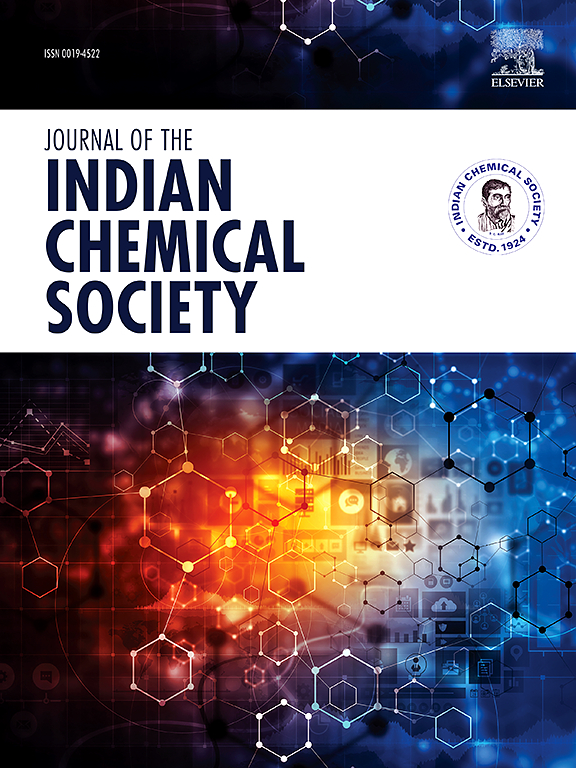A comprehensive investigation into the spectroscopic properties, solvent effects on electronic properties, structural characteristics, topological insights, reactive sites, and molecular docking of racecadotril: A potential antiviral and antiproliferative agent
IF 3.2
4区 化学
Q2 CHEMISTRY, MULTIDISCIPLINARY
引用次数: 0
Abstract
Racecadotril (RCL), a sulfur-containing compound, was analyzed through theoretical and experimental techniques to explore its structural, spectroscopic, electronic, and biological properties. C–H bonds primarily contribute to bond distances, while C–C–H angles are the most dominant among bond angles. The impact of solvent polarity on the Frontier Molecular Orbitals (FMO), electronic spectra, and Molecular Electrostatic Potential (MEP) mapping was examined, with a focus on polar solvents such as DMSO, ethanol, methanol, and water, as well as non-polar solvents like cyclohexane, toluene, and chloroform. Vibrational spectra exhibited characteristic bands associated with CH3, CH2, CH, NH, CC, CO, and CS stretching and deformation modes. Excitation wavelengths were identified in polar solvents at approximately 253 nm, 231 nm, and 229 nm, with corresponding wavenumbers ranging from 39496 cm−1 to 43647 cm−1. In contrast, non-polar solvents caused a slight red shift, with wavenumbers ranging from 39241 cm−1 to 43605 cm−1, indicating solvent-dependent electronic transitions. Lone pair interactions played a crucial role in molecular stabilization, with nitrogen-to-oxygen charge transfer contributing 49.21 kJ/mol, oxygen-to-oxygen at 48.04 kJ/mol, and carbon-carbon delocalization within a conjugated system at 21.45 kJ/mol. Mulliken charge analysis and MEP mapping further confirmed the presence of nucleophilic nitrogen and oxygen, electrophilic carbonyl carbons, and electron-withdrawing sulfur, with H33 exhibiting the highest electrophilicity due to nitrogen polarization. A topological study identified localized, delocalized, and weak interactions, shedding light on its electronic characteristics. Furthermore, molecular docking conducted against SARS-CoV-2 main proteases, spike glycoprotein, and oncoproteins from the SMAD family demonstrated the RCL's potential antiviral and antiproliferative activity.

求助全文
约1分钟内获得全文
求助全文
来源期刊
CiteScore
3.50
自引率
7.70%
发文量
492
审稿时长
3-8 weeks
期刊介绍:
The Journal of the Indian Chemical Society publishes original, fundamental, theorical, experimental research work of highest quality in all areas of chemistry, biochemistry, medicinal chemistry, electrochemistry, agrochemistry, chemical engineering and technology, food chemistry, environmental chemistry, etc.

 求助内容:
求助内容: 应助结果提醒方式:
应助结果提醒方式:


